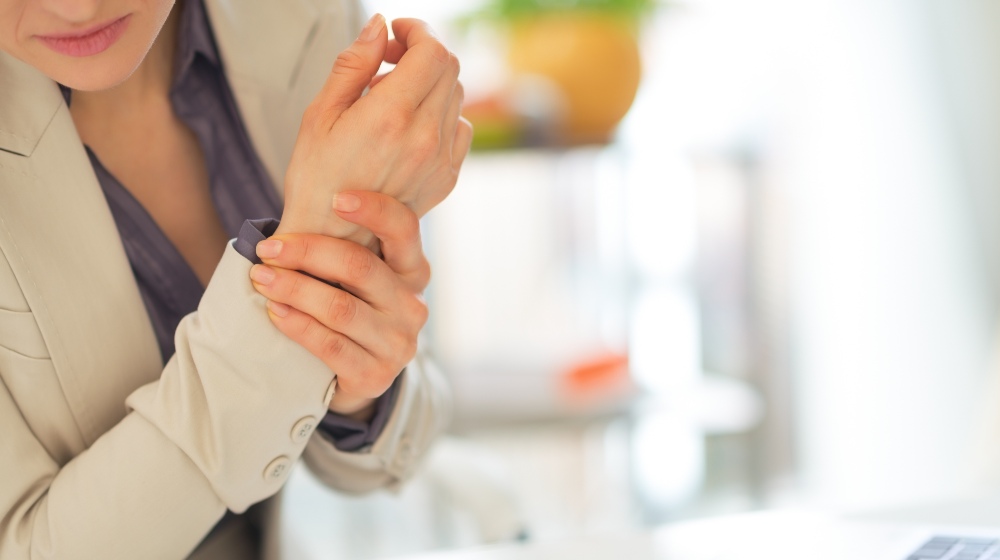The Link Between Menopause and Joint Pain | Menopause Joint Pain
Menopause can change your body in many ways—from gaining weight, to drying of skin, and to feeling more body pain, among others. And while joint pain may be connected with aging, it can also be associated with menopause.
Here, we take a closer look at how menopause and joint pain are connected with each other.
RELATED: Join Pain Relief | How to Relieve Joint Pain Quickly
The Relationship between Menopause and Joint Pain
What Is Menopause?

Menopause is a normal part of aging. It's a phase wherein your menstruation stops permanently.
It has three stages, namely perimenopause, menopause, and postmenopause. The first stage, which is perimenopause, affects your reproductive capacity. It generally starts in your 40s and can last for months or even years.
Meanwhile, you're considered to be in the menopausal stage when you haven't gotten your period for 12 consecutive months. In the US, the median age for menopause is 52.
Apart from your reproductive system, your other body parts that are also affected by menopause include:
- Heart
- Skin
- Brain
- Nervous system
- Bones
- Urinary tract system
What Is Joint Pain?
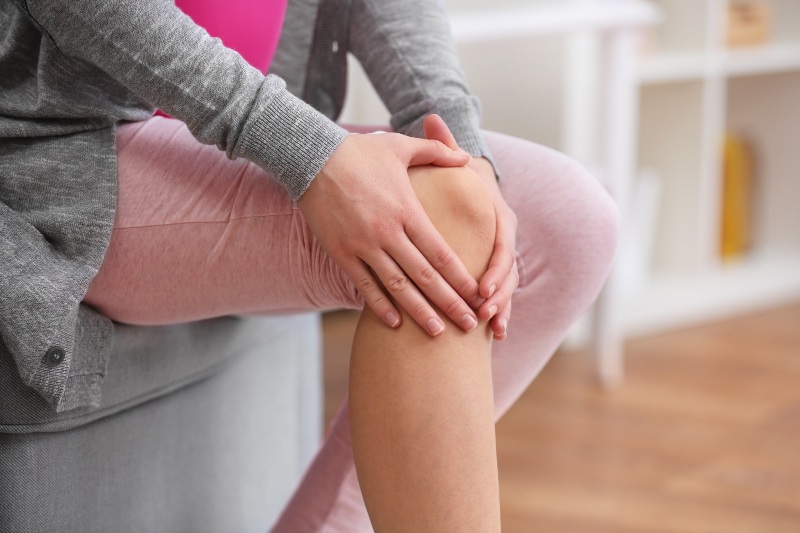
Joints are the points in your body where two or more bones connect. They provide support and allow your bones and limbs to move.
Joints include:
- Elbows
- Hips
- Shoulders
- Knees
- Hands
- Ankles
- Spine
- Neck
When your joints are damaged, your movements might get affected, and you might feel a burning sensation, a condition known as joint pain.
Joint pain is inflammation, discomfort, or stiffness of any part of your joint. It can either be mild or severe. The pain can also come and go, or be persistent.
Joint pain normally comes with age. Around one in four adults experience this condition. It's often associated with the following signs and symptoms:
- Joint locking, snapping, or popping
- Weakness or fatigue
- Warm joints
- Limping
- Limited range of motion
- Joint redness
- Numbness
What Is the Link between Menopause and Joint Pain?
Surprisingly, joint pain may be a symptom of menopause. This is due to a number of reasons:
1. Hormonal Changes
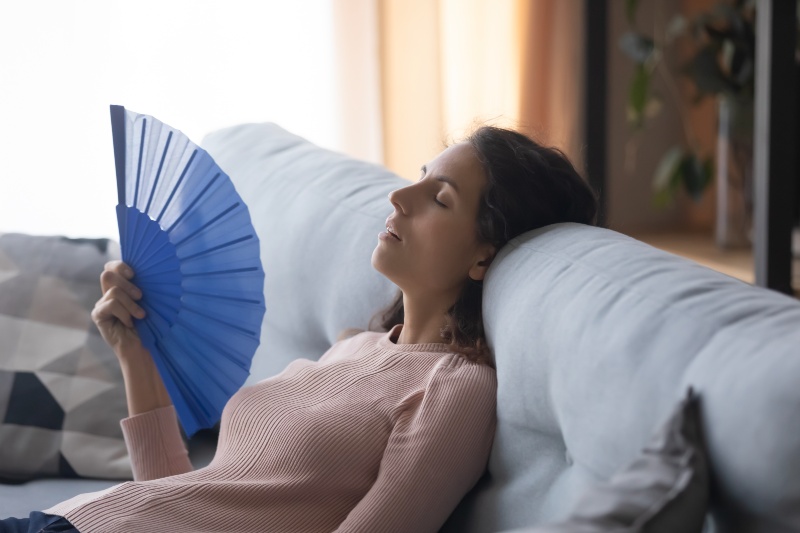
Your hormone levels, primarily your estrogen, decline through the years. This leads to menopause.
Additionally, these hormonal imbalances contribute to joint pain.
Estrogen helps retain fluid in your body. So when your estrogen decreases, your body can't hold as much water. This affects the lubrication, hydration, and flexibility of your joints.
Estrogen also has anti-inflammatory effects and helps fight pain. Therefore, when its levels dip, inflammation can become painful and difficult to manage.
2. Stress
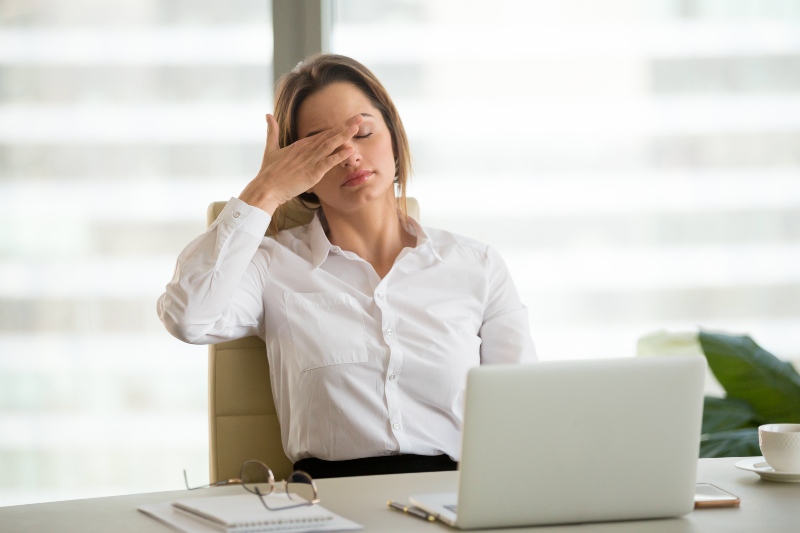
Stress, especially chronic or prolonged stress, can take a toll on your health.
According to a study, women experiencing perimenopause reported higher stress levels.
When you're stressed, your body releases hyper levels of a stress hormone called cortisol. Cortisol dysfunction can cause widespread inflammation in your body. This leads to swollen and tender joints.
3. Weight Gain
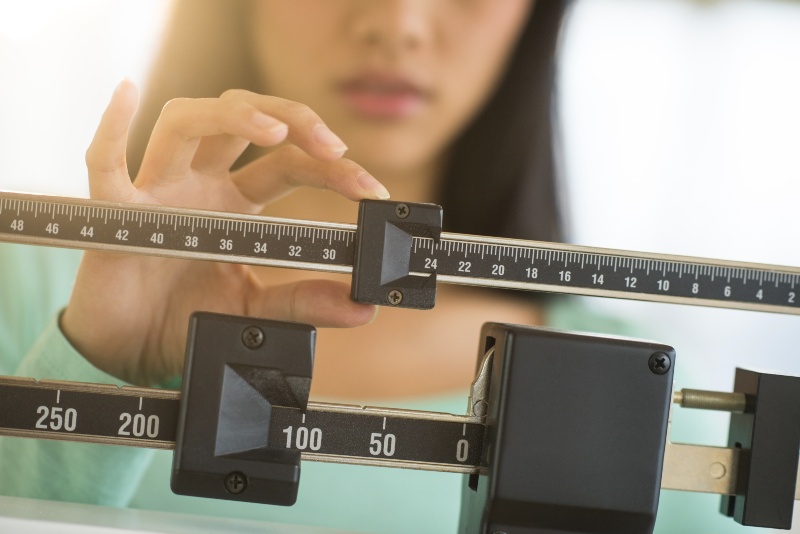
During the menopausal stage, it's common for women to accumulate body fat. This is because decreasing estrogen levels can trigger metabolic disorders. This makes it faster for you to gain weight.
Extra pounds put additional stress on your weight-bearing joints, mainly on your hips and knees. In fact, being overweight for 10 pounds can already add force to your joints by 30-60 pounds.
RELATED: How to Slow Menopause Weight Gain
What Does Menopausal Joint Pain Feel Like?
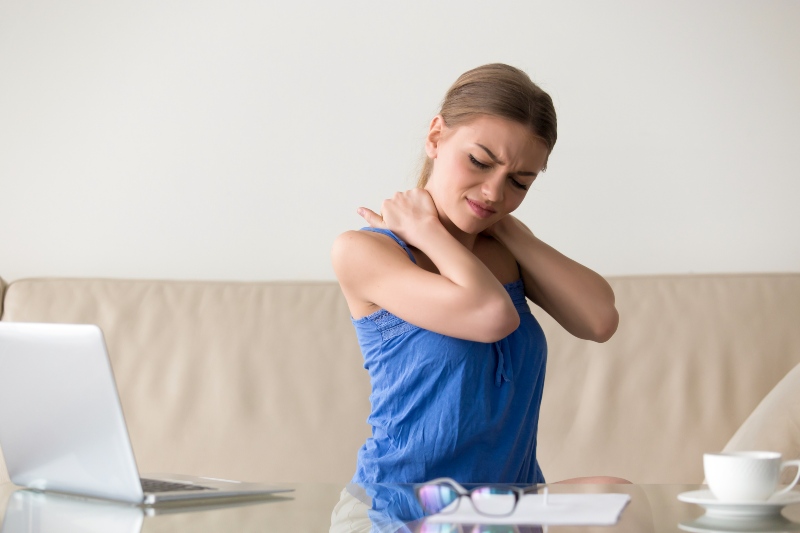
Menopause joint pain typically feels worse in the morning. Since you don't use your joints when you sleep, they're not yet flexible upon waking up. But they tend to ease and become less stiff as you add more movements throughout the day.
The joints that are generally affected in the menopausal stage are:
- Shoulders
- Neck
- Wrists
- Jaw
- Elbows
- Wrists
- Fingers
If you're physically active, you might also feel shooting pain traveling down your legs, back, and arms after your workout. Additionally, if you used to have joint injuries in the past, they may start to hurt again.
For instance, if you suffered whiplash from a car accident or your wrist was broken before, you may experience pain and soreness in those areas again, even if they happened several years ago.
What Helps with Menopause and Joint Pain?
If you're experiencing menopause and joint pain, here are some lifestyle changes you can make to lessen your discomfort:
1. Give Up Smoking

If you're smoking, now is the time to stop. Joint pain may aggravate in menopausal women who smoke.
Smoking doesn't only put you at risk of developing cancer, diabetes, and cardiovascular disease; it also causes lower bone mass.
When you smoke, you slow down your bones' capacity to heal. This can lead to persistent pain in your joints.
2. Improve Your Sleep
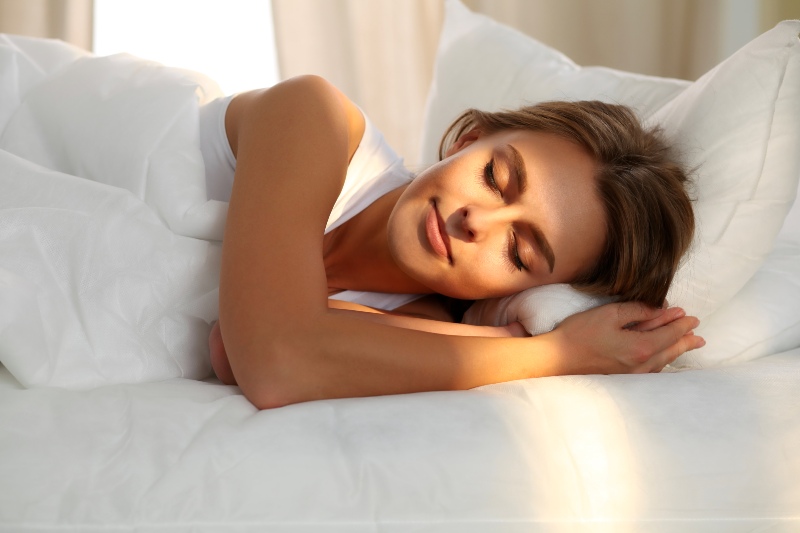
Insomnia usually comes with menopause, and poor quality of sleep increases your sensitivity to pain.
Make sleep your biggest priority, and do these sleep hygiene tips:
- Make your room comfortable, cool, and dark.
- Limit your consumption of alcohol and caffeine at night.
- Minimize your screen time and usage of electronic devices before bedtime.
3. Start Exercising

Working out may be the last thing you want to do when your joints are sore. But being active is actually the solution to relieve pain.
Countless research has proved that working out is good for your muscles, heart, and brain. But what you may not know yet is that it also helps maintain your bone health.
It can help make your joints lubricated, flexible, and strong. It can also help you lose weight, which can alleviate pressure on your joints.
You may opt for low-impact workouts, which are gentler on your joints, such as:
- Swimming
- Walking
- Biking
If you wish to do high-impact activities, be sure to warm up before and cool down after.
You may also lift weights to strengthen your skeletal muscles. This gives stability to your joints.
Core exercises are another alternative. When your core muscles are strong, they can take the force off your joints.
Tip: If your knees ache during a workout, you may use knee sleeves for compression. They can keep your knees comfortable and help avoid injury.
4. Drink Enough Water

In the menopausal stage, you're not able to retain water as you used to, which can result in dehydration. Dehydration can negatively impact your joints. So staying hydrated is essential.
Aim to drink at least eight glasses of water a day to replace your lost body moisture.
Additionally, night sweats might occur during menopause, and these can dehydrate you further. Drink a glass of water one hour before bedtime to avoid dehydration at night.
5. Eat Healthily

What you eat may affect how your joints feel. Maintaining a balanced diet can give your body the nutrients it needs to tolerate the effects of menopause and joint pain.
For instance, eating more protein can support your muscle and bone health. Meanwhile, carbs and sugar are linked with inflammation.
6. Try Alternative Therapies
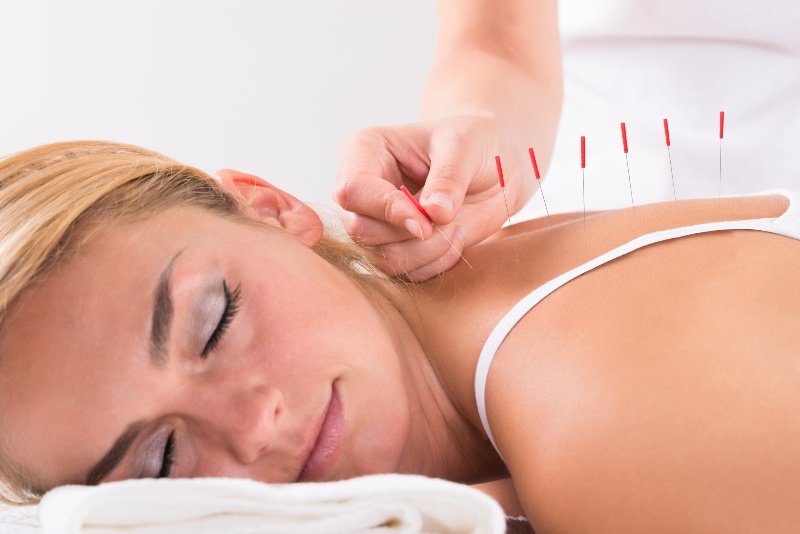
Alternative treatments, like acupuncture, can help manage the discomfort caused by joint pain. This therapy doesn't only help alleviate pain, it can also reduce the occurrence of other menopausal symptoms.
7. De-Stress
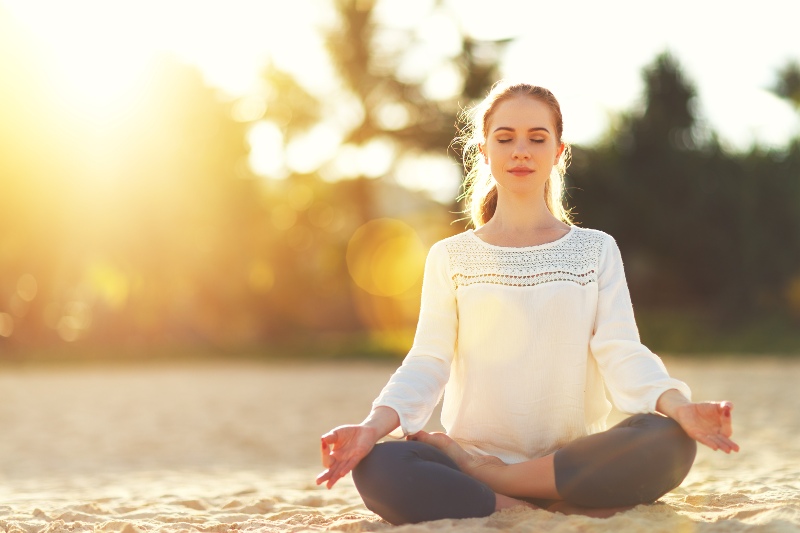
We've mentioned earlier that stress increases your cortisol levels, and cortisol can lead to inflammation. So keep your stress levels in check by practicing relaxation techniques such as meditation and yoga.
8. Treat with Heat or Cold
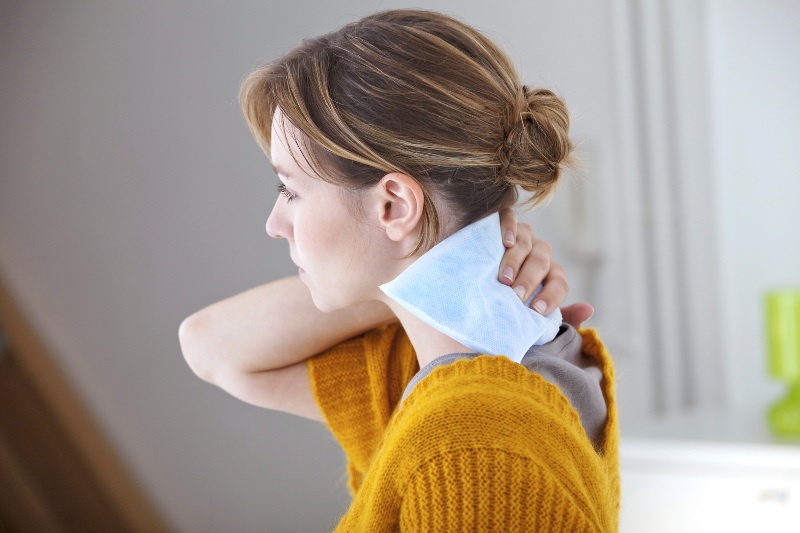
If you're looking for affordable ways to treat your joint pain (that you can also do at home), you may use heat pads or ice packs:
- Heating pads: Use these if your joints feel stiff and tired.
- Ice packs: Cold therapies can bring down numbness, swelling, and persistent pain.
Watch this video by A. Vogel UK to learn about foods that can ease menopause joint pain:
Menopause can result in painful, swollen joints. Thankfully, there are ways to maintain your joint health, as well as to relieve the pain.
However, if you think that menopause and joint pain are already affecting your daily tasks, consult your doctor. There might be other options that can help you go back to a healthy and pain-free life.
Have you experienced menopause joint pain? How does it feel like? Please share your thoughts with us in the comment section below!
Up Next:
- What Is Andropause? | Symptoms, Causes, and Treatments Of Male Menopause
- How Your Body Changes When You Turn 50
- Testicular Cancer Survivor, Matt Ode, Shares His Story of Hope, Purpose, and “Winning the Day” [PODCAST]
Calling all Health Buffs! If you’ve got the gift of keeping healthy and sharing this knowledge through writing, click here if you want to write for us.
Please stay connected with us on Facebook, Twitter, Instagram, and Pinterest, and make sure to join our community of healthy living and minded people here.
Trending
Get Updates
SIGN UP FOR OUR NEWSLETTER TODAY

Tongue Color | 7 Scary Tongue Color Meanings
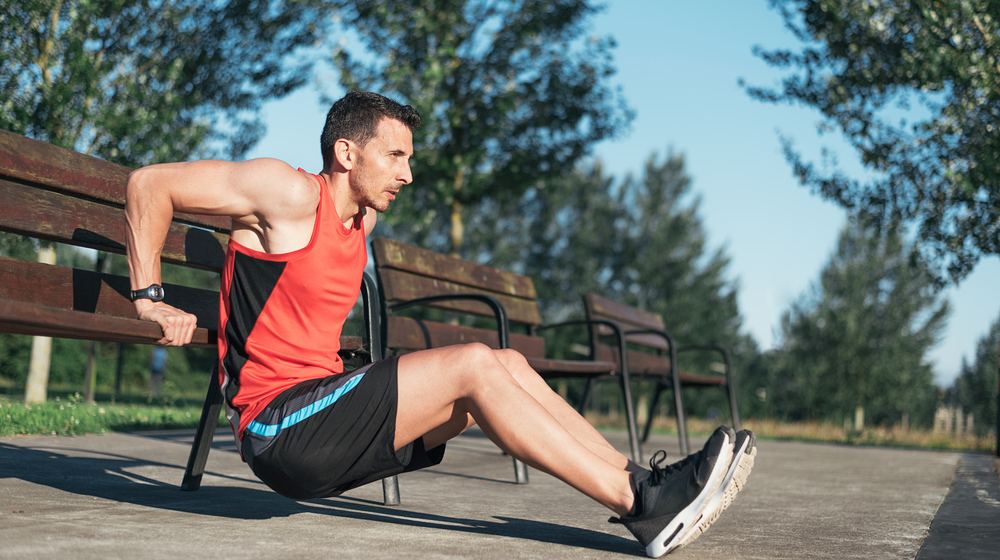
10 Erectile Dysfunction Exercises to Keep Your Manhood Healthy

Related

Tongue Color | 7 Scary Tongue Color Meanings

